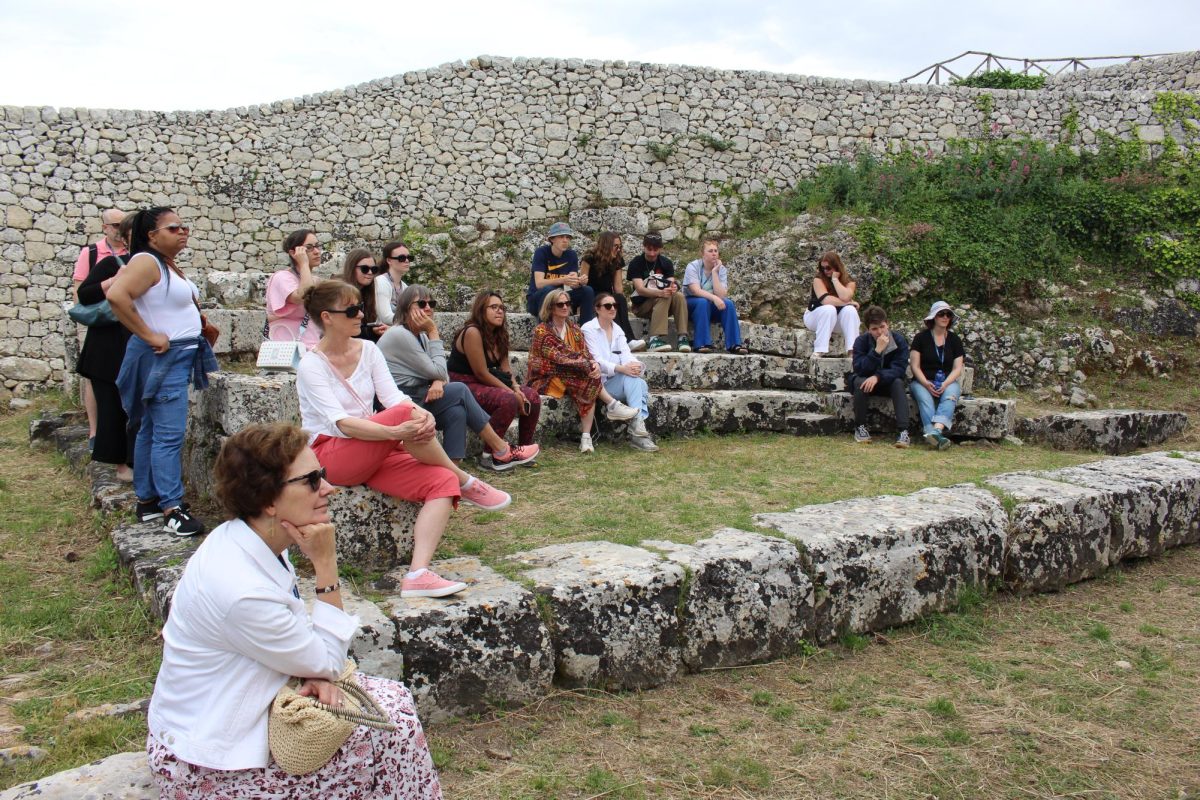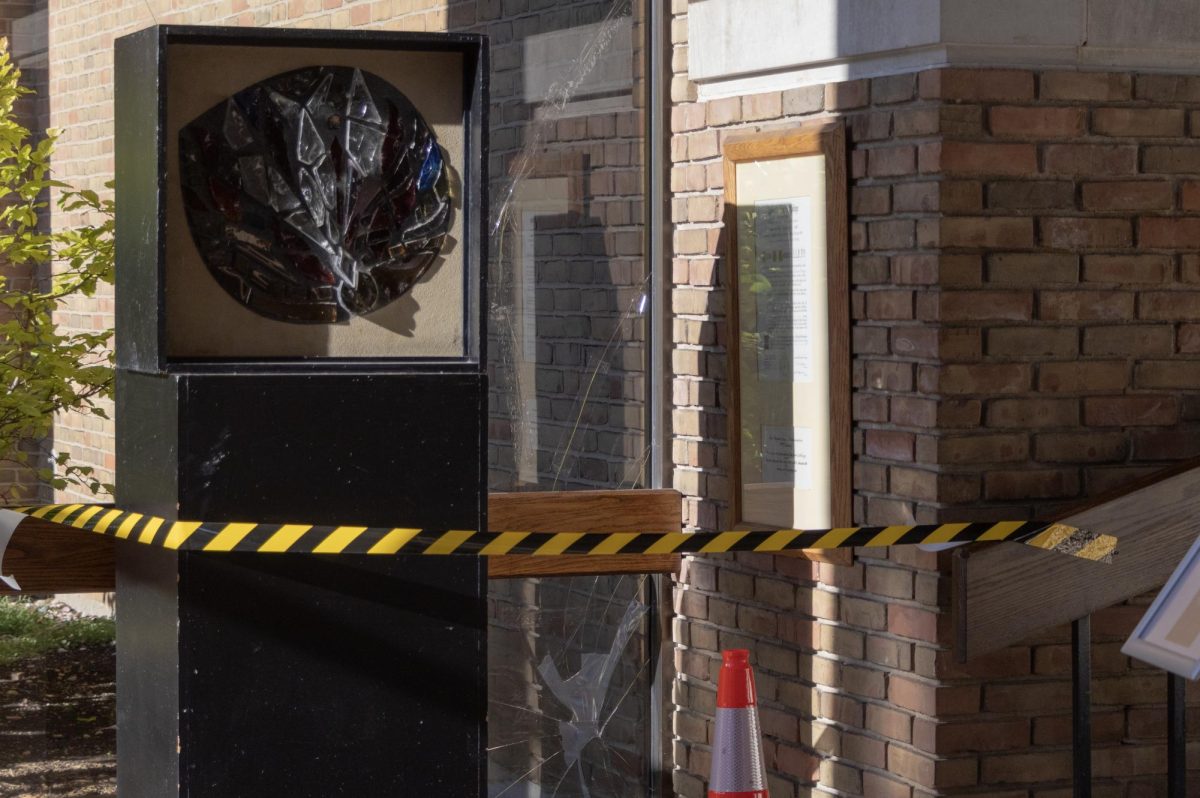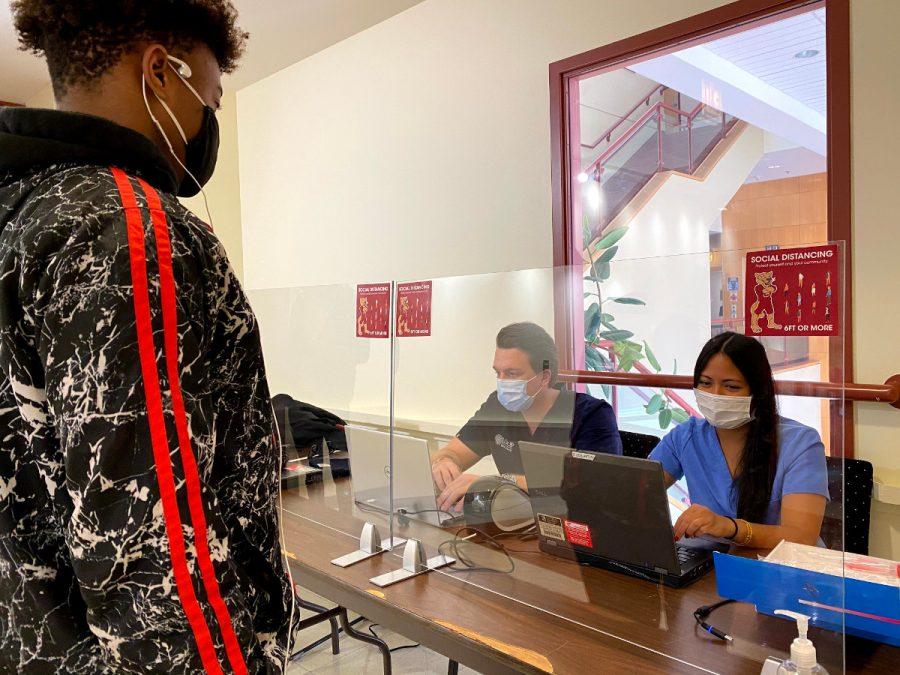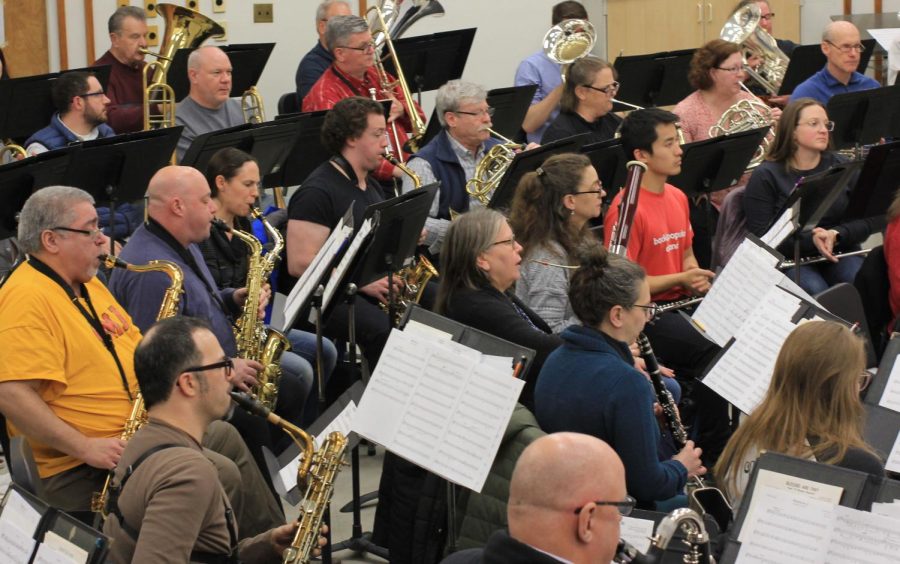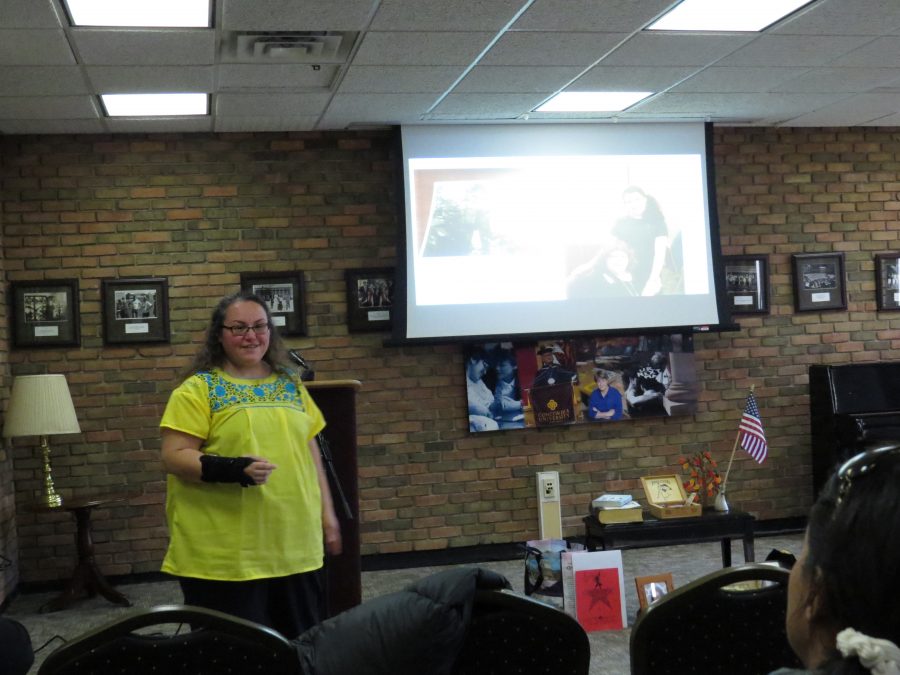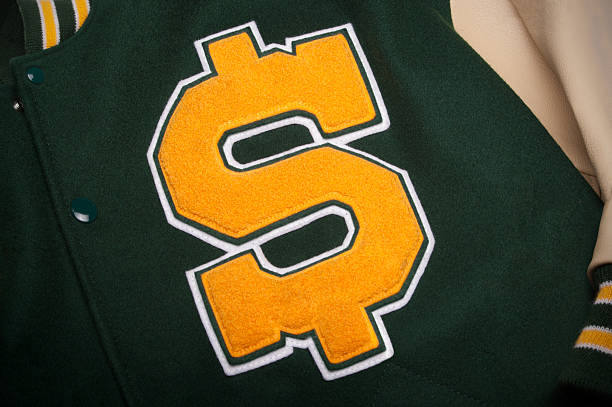Written by Alex Patt
When people celebrate Easter, most denominations celebrate collectively on the same date. These denominations include Catholicism, Protestantism, and pretty much all of the Western churches. What many people may not know is that not all Christian churches always celebrate Easter on the same date. Members of many Eastern Orthodox faiths, including Greek Orthodox and Russian Orthodox churches, mostly celebrate Easter on a later date than the Western churches.

Just like the Western churches, the Orthodox Easter schedule does not have an annual set date when to celebrate the resurrection of the Messiah. So how are both dates determined? The main thing to note is that the Western Churches follow the Gregorian calendar, while the Orthodox uses the old Julian calendar in determining Easter dates. Both calendars use the determination of Easter through the vernal equinox. Easter always falls on the first Sunday after the first full moon after the vernal equinox. The full moon is known as the Paschal Moon. The definition and measurement of the vernal equinox however is not the same between the Western and Eastern churches, resulting in the different dates.
The Western churches have a fixed date for the vernal equinox, which is on March 21. This results in Easter never being celebrated before March 22. What also makes this more complicated is that the Western church’s full, or Paschal, moon does not necessarily mean a full moon in astronomical sense, but an “ecclesiastical moon” which is determined by tables and charts created by the church. This gave the Western churches the ability to calculate the Easter date well in advance.
The Eastern churches use a more astronomical system to determine the date. The vernal equinox has no set date, and is astronomically observed when it happens on the meridian of Jerusalem where Christ died. The actual astronomical Paschal full moon is also observed after the equinox at the same location on the meridian of Jerusalem. It is also important to note that Eastern Orthodox Easter always takes place after the Jewish holiday of Passover.
Despite these different methods of determining Easter, there are years, including this year (2014), where the calculations cross and both the Churches celebrate Easter on the same date. April 14 is the date for both Easters this year. This has occurred numerous times over the past few years, including 2007, 2010, and 2011. However, when the Easters are on different dates like most years, the distance between them varies, just like the dates of Easter. Last year (2013), the Western Church observed Easter on March 31, while the Eastern Church did not observe it until May 5. Here are also years where the two Easters can be only separated by a week or a few weeks. Next year, Western Easter and Eastern Easter will be one week apart. The West’s will be on April 5, and East’s will be on April 12.
Interestingly enough, in recent years there has been talk about the determination of Easter. In 1997 in Syria, the Council of World Churches meet together to discuss the two churches meeting together and discussing on one, mutual date determined through advanced astronomy based on the actual equinox that takes place in Judea. This discussion was never brought to any further talks since. In addition, the Vatican council has discussed the possibility over the past century of making Easter a fixed date like Christmas. Nevertheless, those also never really advanced past their discussion.

